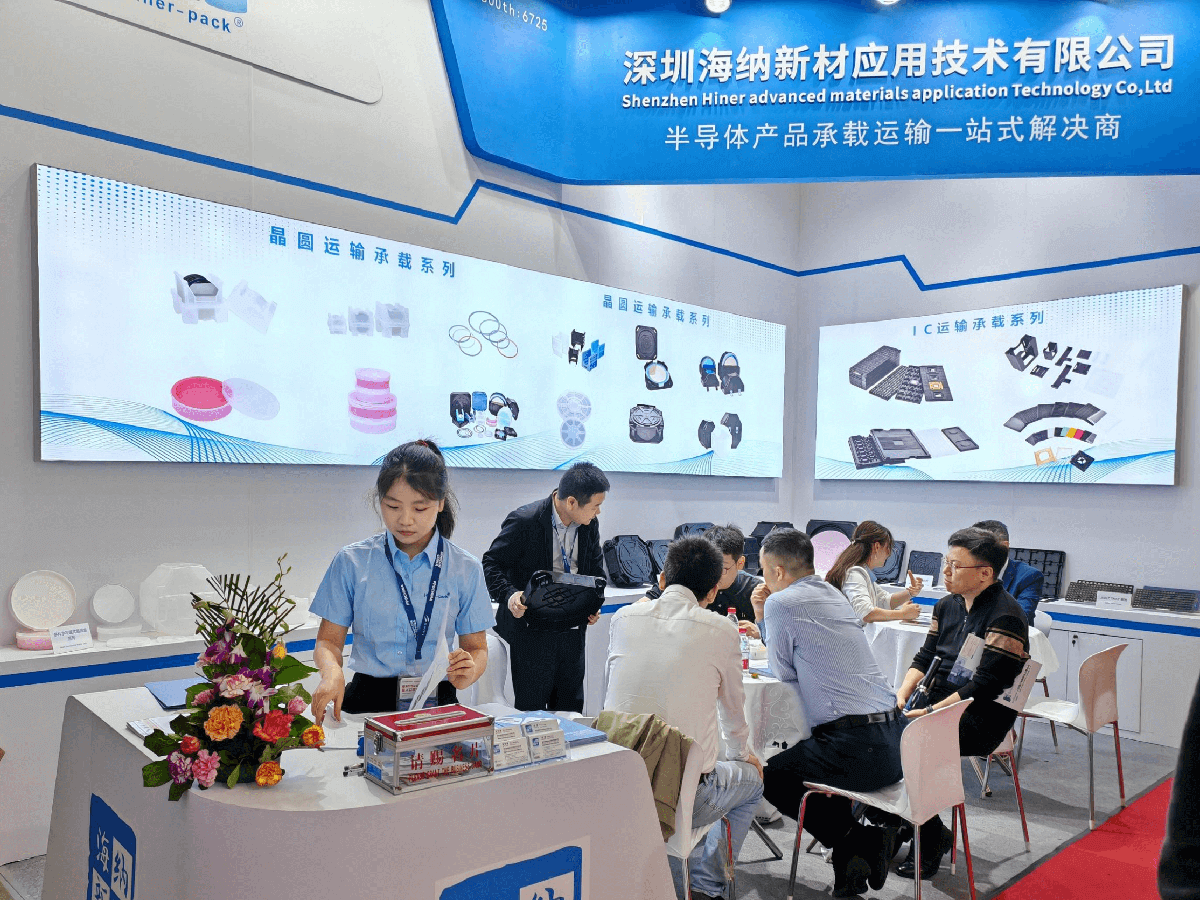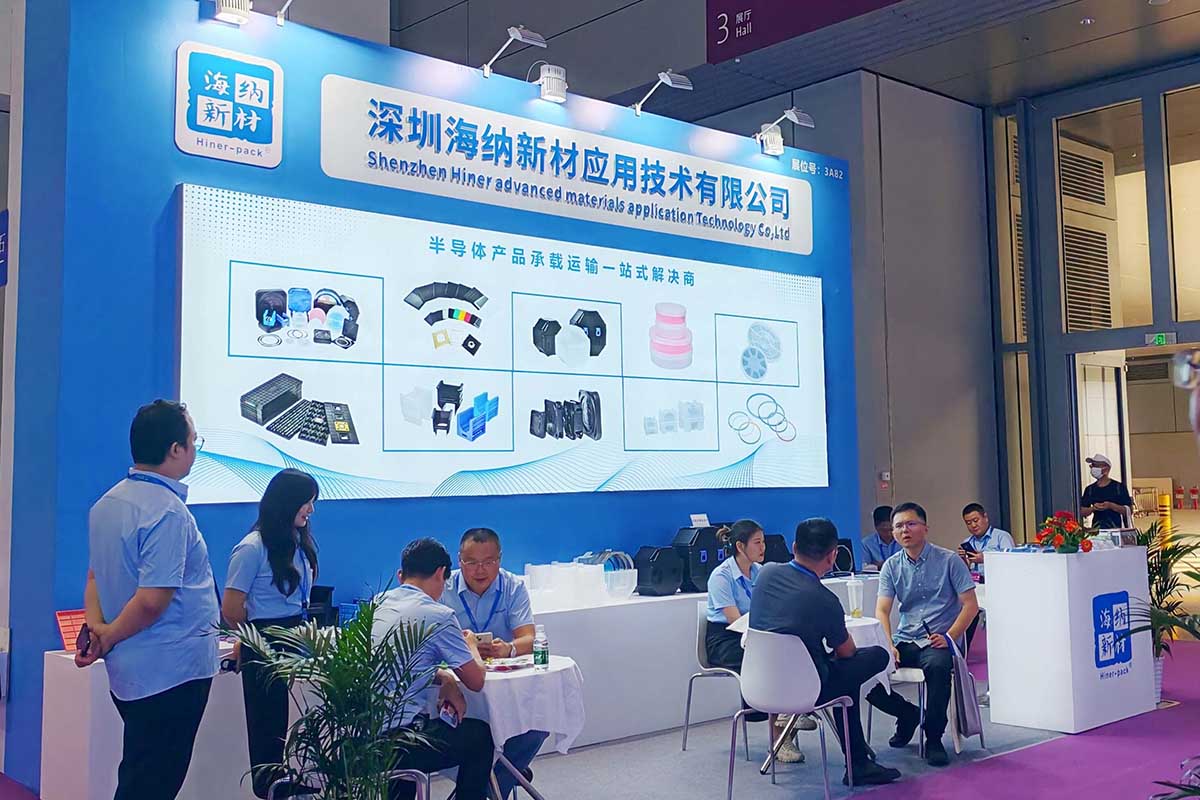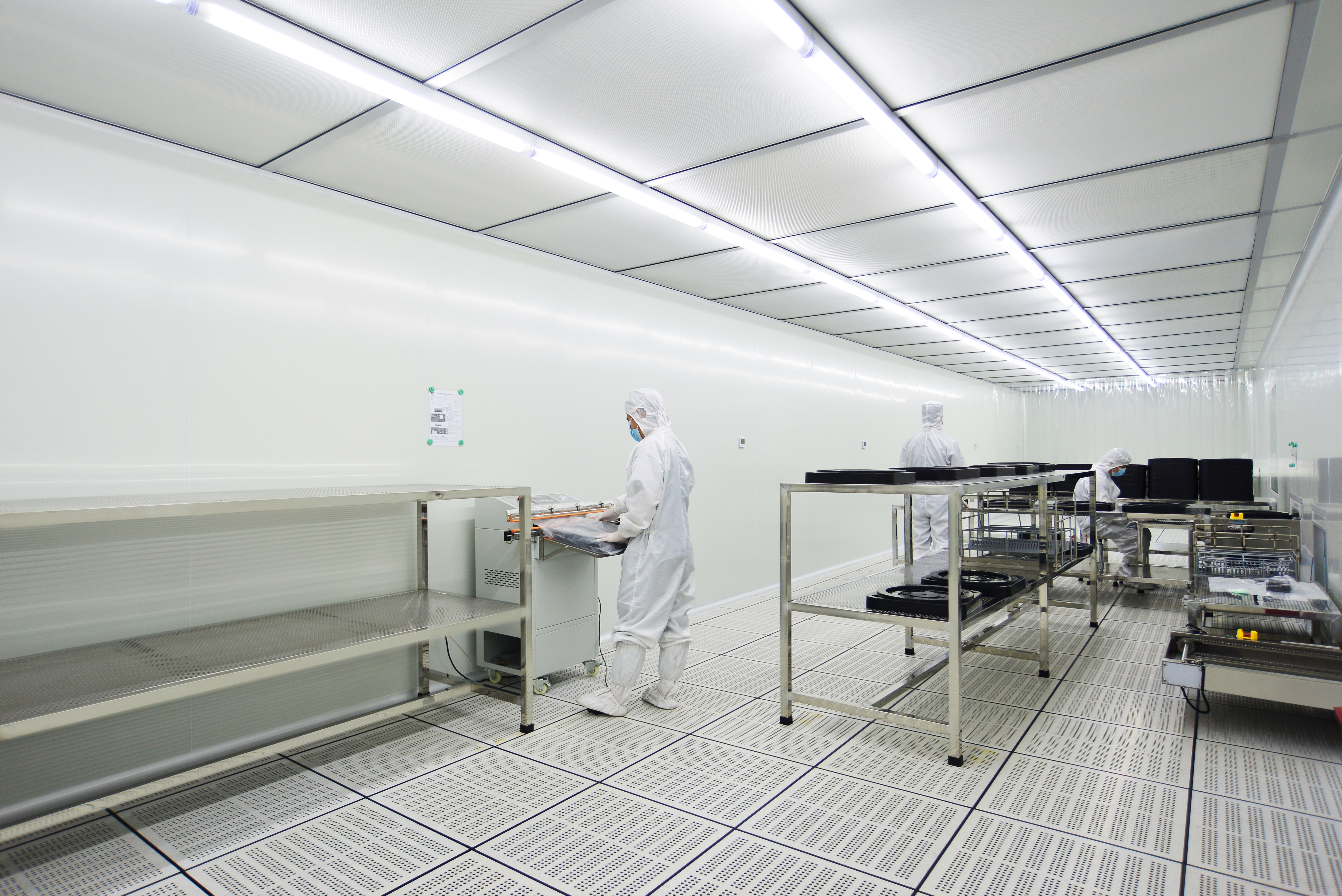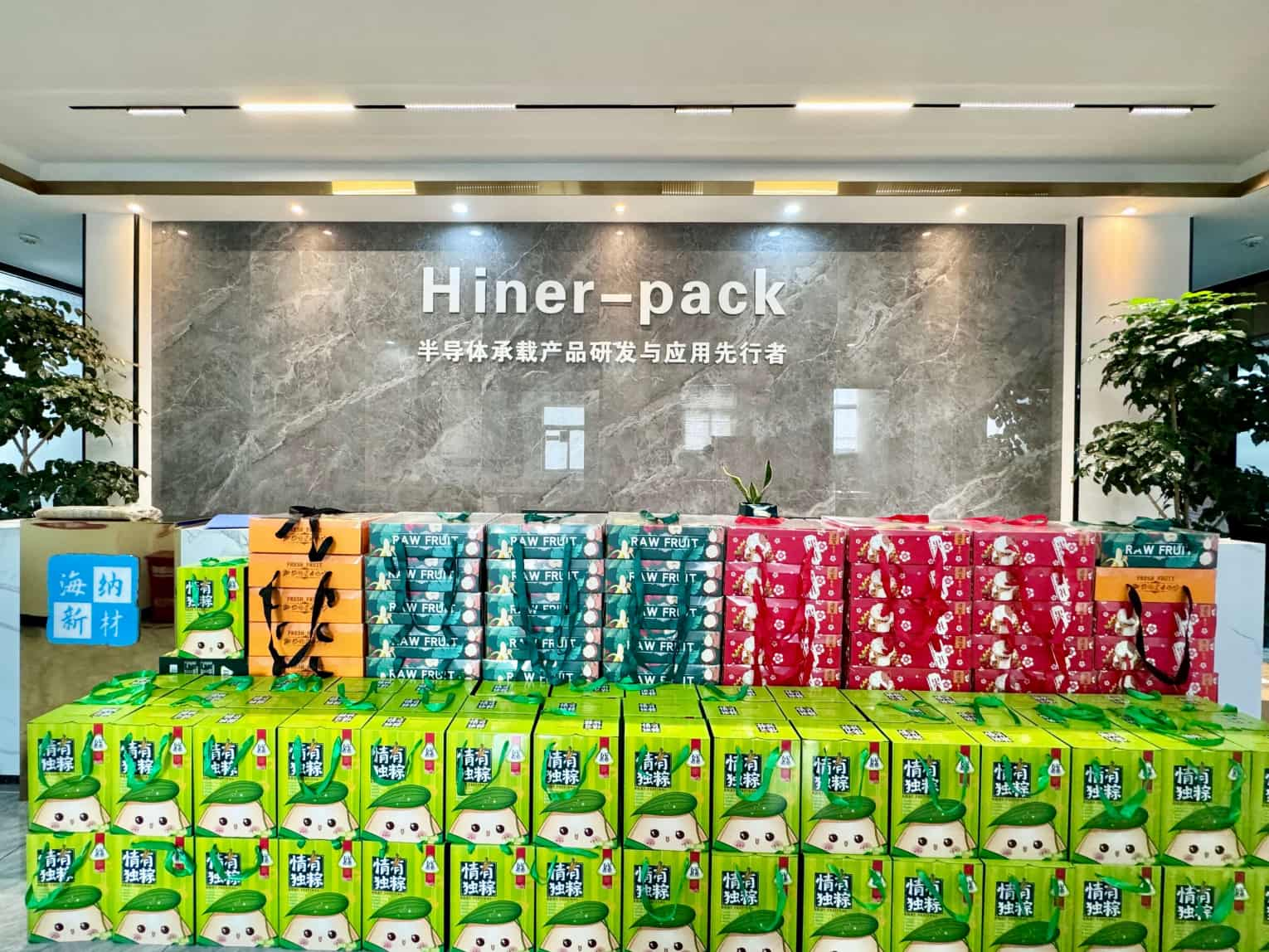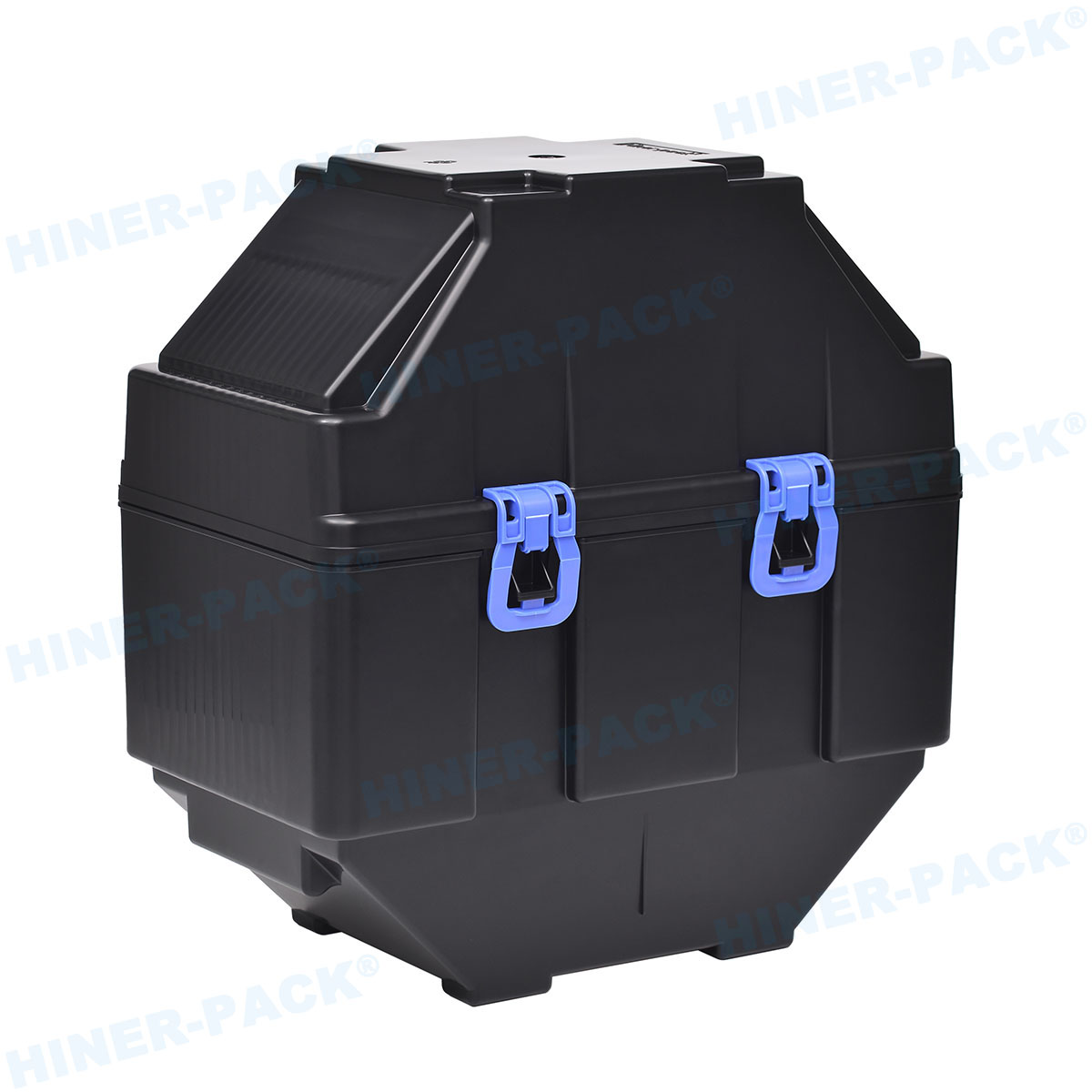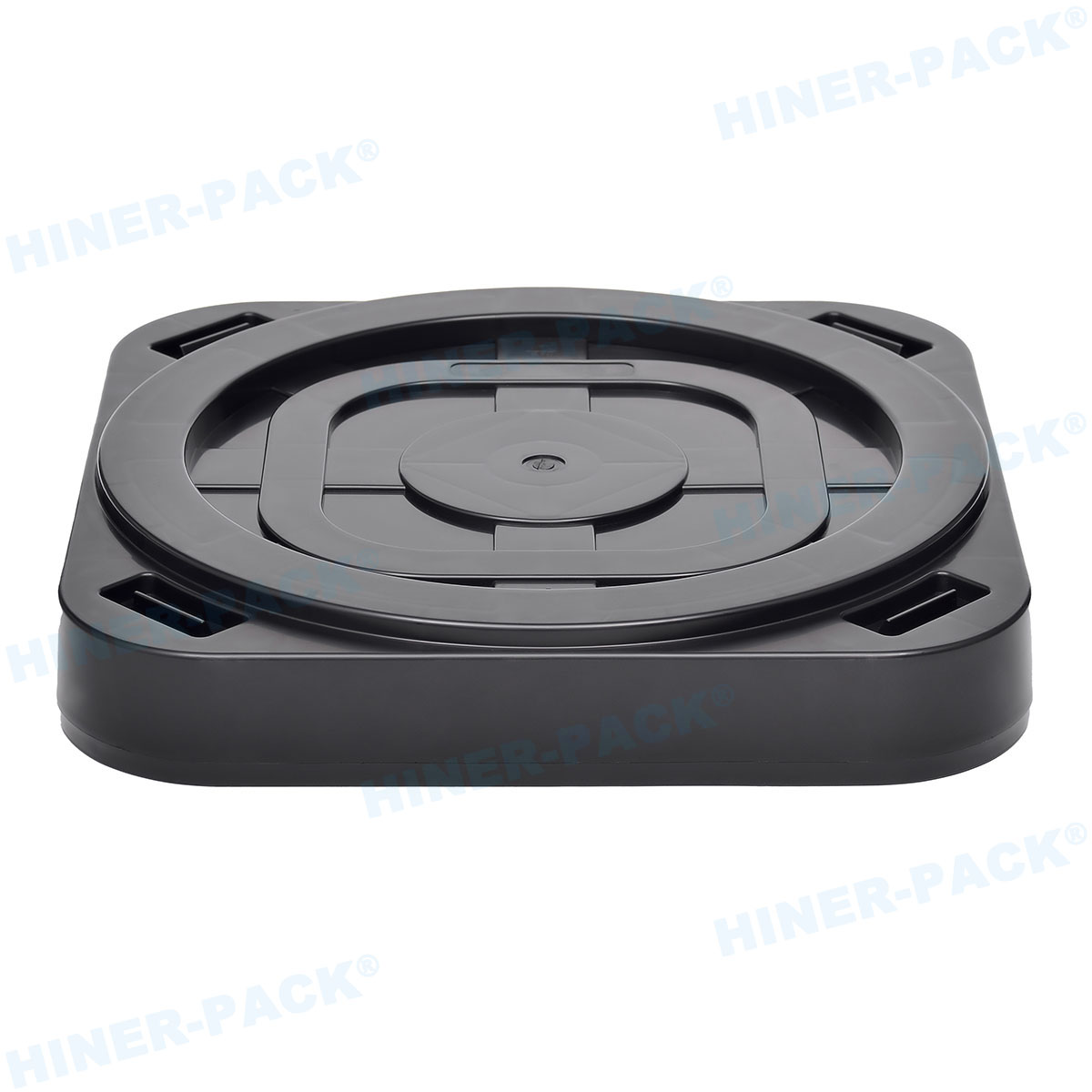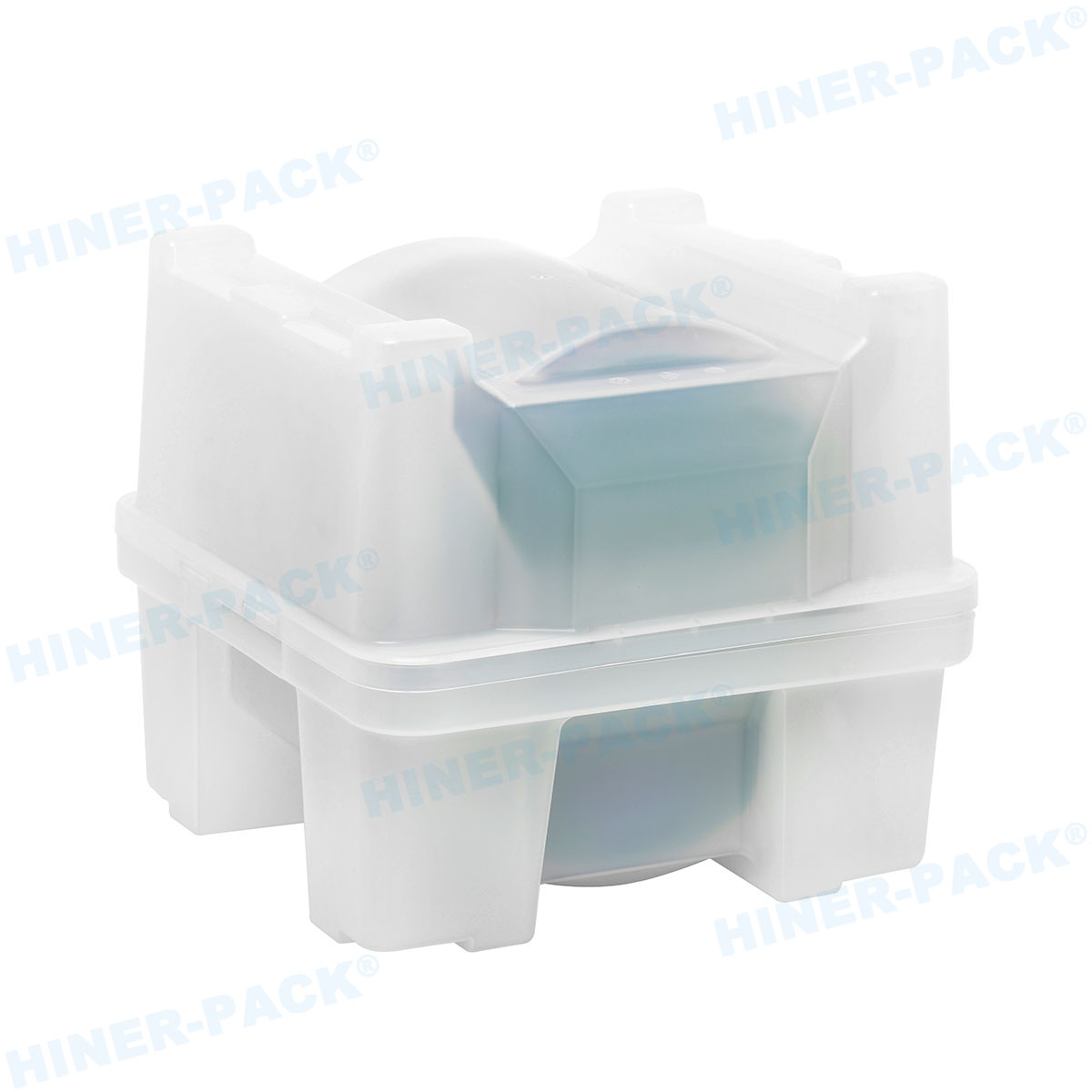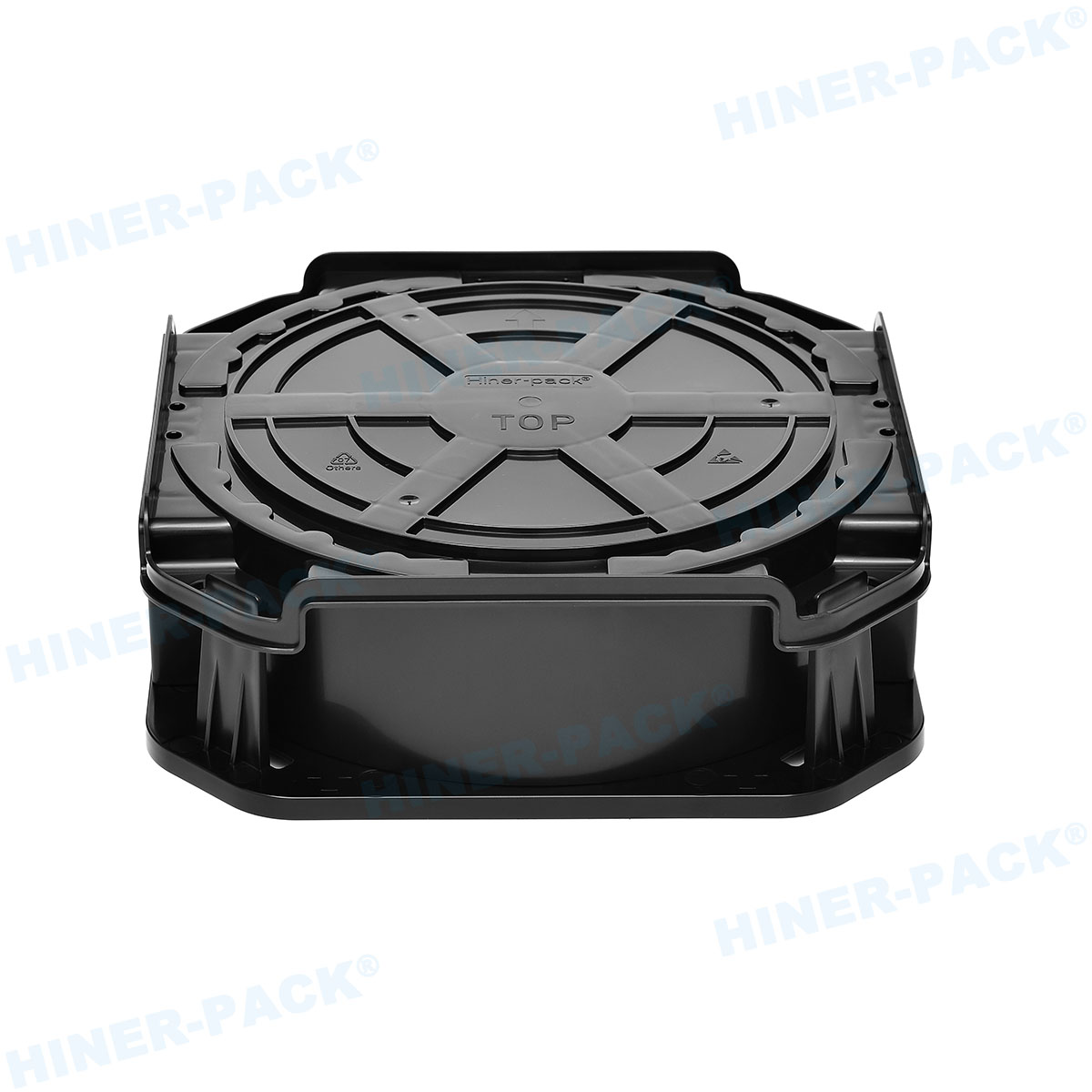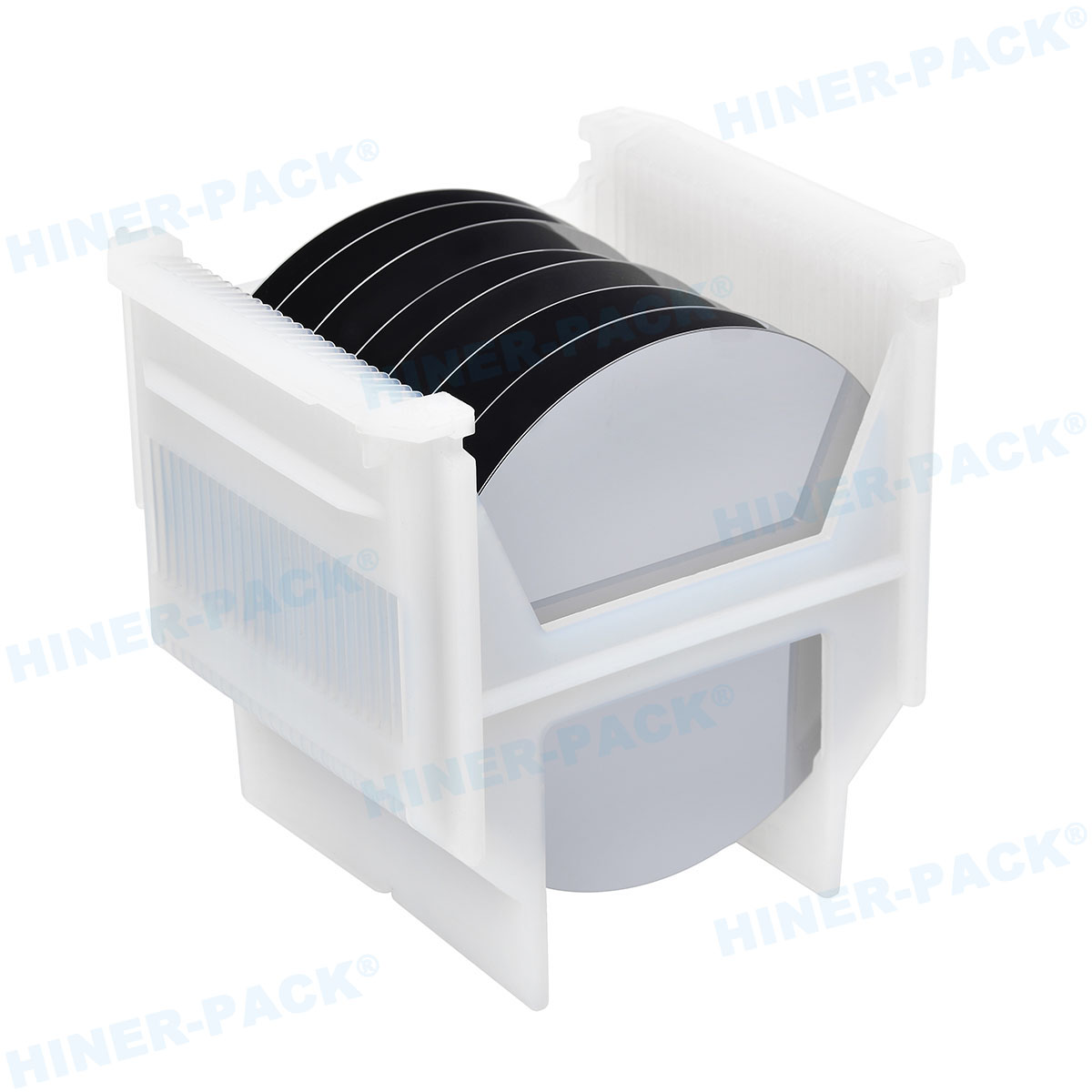In the highly precise world of semiconductor manufacturing, every component plays a critical role in ensuring the integrity and yield of silicon wafers. Among these, the wafer cassette box stands out as a fundamental tool for storing, transporting, and protecting wafers throughout the fabrication process. As semiconductor technologies advance toward smaller nodes and higher densities, the importance of reliable wafer cassette box solutions cannot be overstated. This article delves into key aspects of wafer cassette box design, selection, and application, providing actionable insights for professionals in the industry. Whether you're involved in cleanroom operations or supply chain management, understanding these elements can enhance operational efficiency and reduce contamination risks.
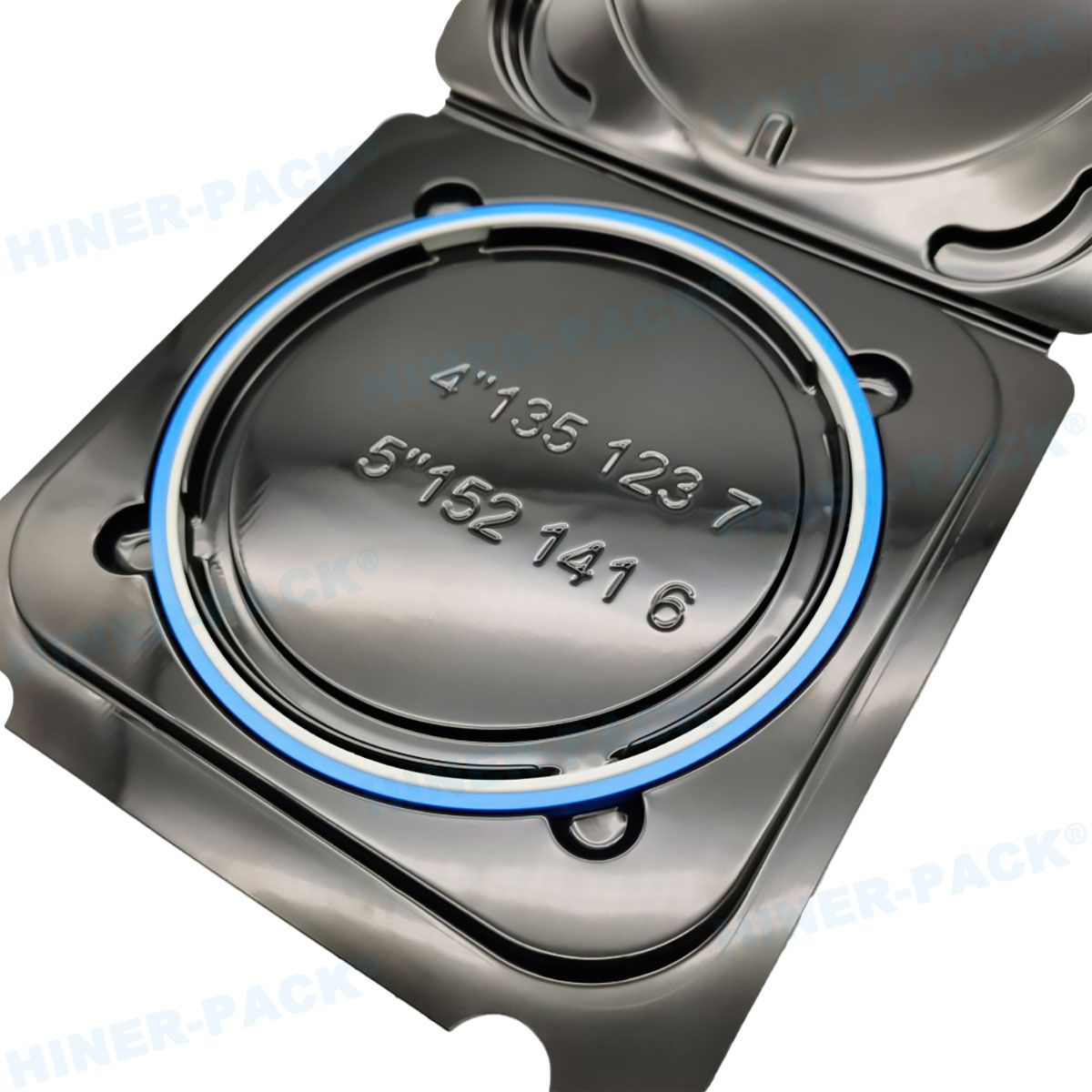
What is a Wafer Cassette Box?
A wafer cassette box is a specialized container designed to hold multiple silicon wafers securely during various stages of semiconductor production. Typically constructed from materials like high-purity plastics or advanced polymers, these boxes protect wafers from physical damage, electrostatic discharge (ESD), and environmental contaminants. The standard wafer cassette box accommodates wafers of specific diameters, such as 200mm or 300mm, and features slots that keep each wafer separated and accessible for automated handling systems. In essence, the wafer cassette box serves as a safeguard, ensuring that wafers remain pristine from fabrication to testing and assembly. Its role is pivotal in maintaining the high standards required in semiconductor manufacturing, where even minor defects can lead to significant financial losses.
Key Materials and Design Features of Wafer Cassette Boxes
The effectiveness of a wafer cassette box largely depends on its materials and design. Common materials include polycarbonate, PEEK (polyether ether ketone), and other static-dissipative polymers that minimize particulate generation and ESD risks. These materials are chosen for their durability, chemical resistance, and compliance with international standards like SEMI specifications. For instance, a wafer cassette box used in high-temperature processes might incorporate heat-resistant variants to withstand annealing or diffusion steps.
Design features often include:
Precision Slot Alignment: Ensuring wafers are held without stress or contact that could cause micro-scratches.
Latching Mechanisms: Secure closures that prevent accidental openings during transport.
RFID and Barcode Compatibility: Facilitating tracking and traceability in automated systems.
Ergonomic Handles: For manual handling in cleanroom environments, reducing contamination risks.
These elements make the wafer cassette box an integral part of wafer handling systems, contributing to overall process reliability. As semiconductor fabrication moves toward 3D NAND and advanced logic chips, the demand for customized wafer cassette box designs is growing, emphasizing the need for collaboration between manufacturers and end-users.
Applications of Wafer Cassette Boxes in Semiconductor Processes
The wafer cassette box finds applications across multiple stages of semiconductor manufacturing, from front-end to back-end processes. In front-end operations, such as lithography and etching, the wafer cassette box ensures wafers are stored in a contamination-free state before being loaded into processing equipment. For example, in chemical mechanical planarization (CMP), wafers are transferred in wafer cassette boxes to maintain surface integrity post-polishing.
In back-end processes like assembly and testing, the wafer cassette box facilitates efficient transportation between facilities, often interfacing with automated material handling systems (AMHS). Additionally, with the rise of IoT and AI-driven manufacturing, smart wafer cassette boxes embedded with sensors are being adopted for real-time monitoring of environmental conditions, such as humidity and temperature. This versatility underscores why the wafer cassette box is indispensable in modern fabs, enabling scalability and consistency in high-volume production.
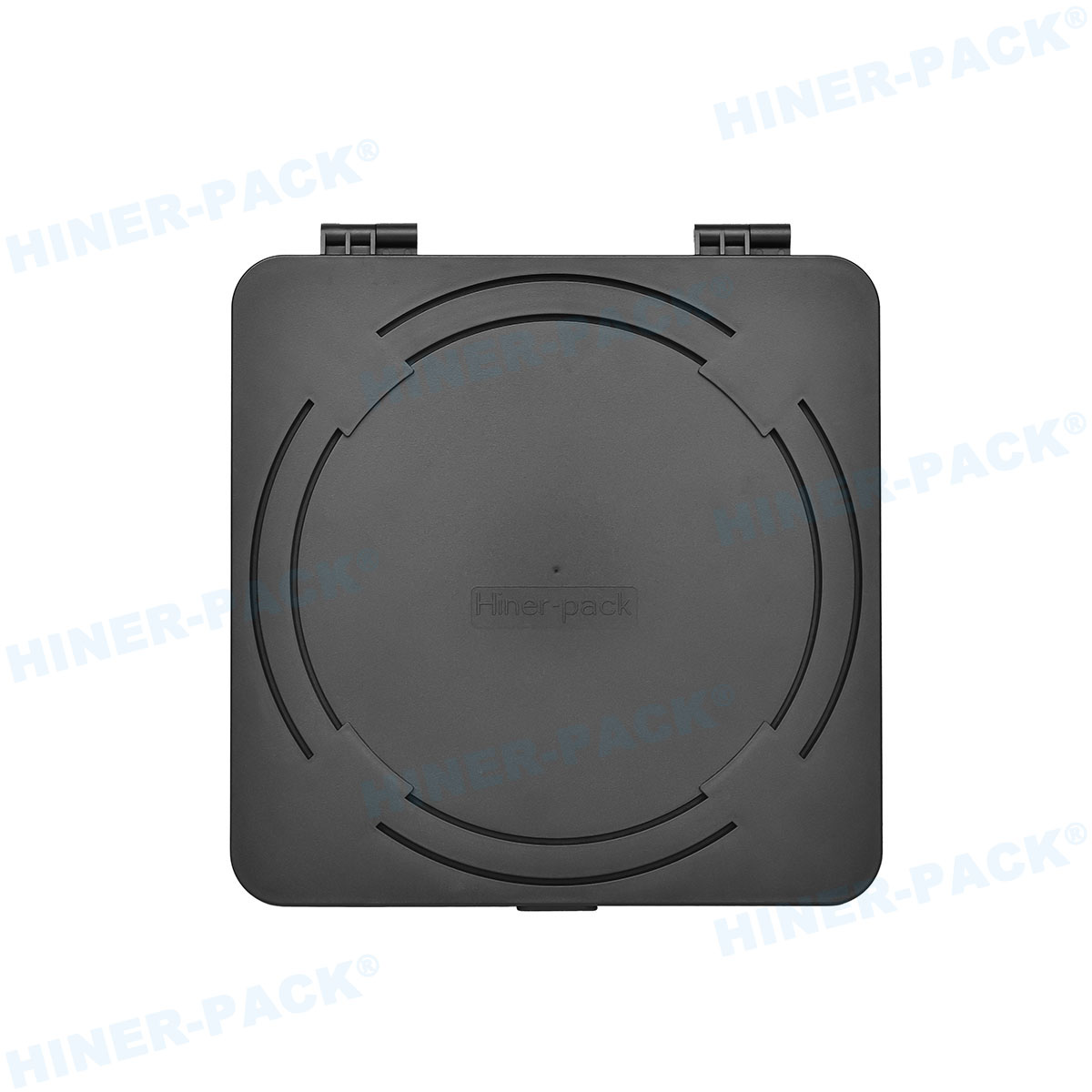
How to Select the Right Wafer Cassette Box: A Practical Approach
Choosing the appropriate wafer cassette box requires a methodical evaluation of several factors to match specific operational needs. Here are five key considerations:
Compatibility with Wafer Size and Type: Ensure the wafer cassette box is designed for your wafer dimensions, whether 150mm, 200mm, or 300mm, and account for future transitions to larger sizes like 450mm.
Material and Contamination Control: Opt for materials that meet SEMI standards for low outgassing and particulate emission. For harsh chemical environments, select a wafer cassette box with enhanced chemical resistance.
ESD Protection Levels: Assess the static dissipation requirements based on your facility's ESD control plans. A wafer cassette box with built-in ESD safeguards can prevent wafer damage during handling.
Automation Readiness: Check for features like robotic compatibility and integration with factory software systems. A wafer cassette box that supports barcoding or RFID can streamline inventory management.
Cost vs. Lifetime Value: While initial cost is a factor, evaluate the wafer cassette box's durability and maintenance needs. Investing in a high-quality wafer cassette box can reduce replacement frequency and downtime.
By addressing these points, you can select a wafer cassette box that enhances productivity and minimizes risks in semiconductor manufacturing.
Maintenance and Handling Best Practices for Wafer Cassette Boxes
Proper maintenance of a wafer cassette box is crucial for extending its lifespan and ensuring wafer safety. Regular cleaning protocols should be established, using approved solvents and methods to remove residues without degrading the material. For instance, ultrasonic cleaning can be effective for a wafer cassette box used in particulate-sensitive processes. Additionally, inspect the wafer cassette box periodically for signs of wear, such as cracked slots or loose latches, and replace units that no longer meet specifications.
Handling procedures should emphasize cleanroom protocols, including the use of gloves and anti-static equipment. When transporting a wafer cassette box, avoid sudden impacts or exposure to extreme temperatures. Training staff on these practices can prevent common issues like contamination or misalignment, ultimately supporting the reliability of semiconductor operations.
Future Trends in Wafer Cassette Box Technology
The evolution of the wafer cassette box is closely tied to advancements in semiconductor technology. Emerging trends include the development of "smart" wafer cassette boxes with embedded IoT sensors for real-time data on wafer conditions, such as vibration or exposure to light. Additionally, sustainability initiatives are driving the use of recyclable materials in wafer cassette box production, reducing environmental impact. As fabs adopt more AI and machine learning, the wafer cassette box may integrate with predictive maintenance systems, alerting operators to potential failures before they occur. These innovations promise to make the wafer cassette box even more integral to efficient, next-generation semiconductor manufacturing.
Frequently Asked Questions (FAQ)
Q1: What is the primary function of a wafer cassette box in semiconductor manufacturing?
A1: The primary function of a wafer cassette box is to safely store, transport, and protect silicon wafers from physical damage, contamination, and electrostatic discharge during various stages of semiconductor production, ensuring high yield and reliability.
Q2: How do I determine the right size for a wafer cassette box?
A2: To determine the right size, consider the diameter of the wafers you are handling, such as 200mm or 300mm, and consult SEMI standards for compatibility. It's also important to account for any future upgrades in wafer size to avoid obsolescence.
Q3: What materials are commonly used in wafer cassette boxes, and why?
A3: Common materials include polycarbonate, PEEK, and static-dissipative polymers due to their high purity, durability, and resistance to chemicals and ESD. These materials help minimize particulate generation and meet strict cleanroom requirements.
Q4: Can wafer cassette boxes be customized for specific applications?
A4: Yes, wafer cassette boxes can be customized in terms of material, slot design, and features like RFID integration to suit specific applications, such as high-temperature processing or automated handling systems, enhancing their utility in specialized semiconductor environments.
Q5: What are the best practices for cleaning and maintaining a wafer cassette box?
A5: Best practices include using approved cleaning agents, such as isopropyl alcohol, in a controlled environment, performing regular inspections for damage, and following manufacturer guidelines. Proper handling with cleanroom attire and storage in dust-free conditions also extends the life of a wafer cassette box.
This article provides a comprehensive overview of wafer cassette boxes, emphasizing their critical role in semiconductor manufacturing. By focusing on selection, application, and maintenance, it aims to support professionals in optimizing their processes. As the industry evolves, staying informed about wafer cassette box innovations will be key to maintaining competitive advantage.



